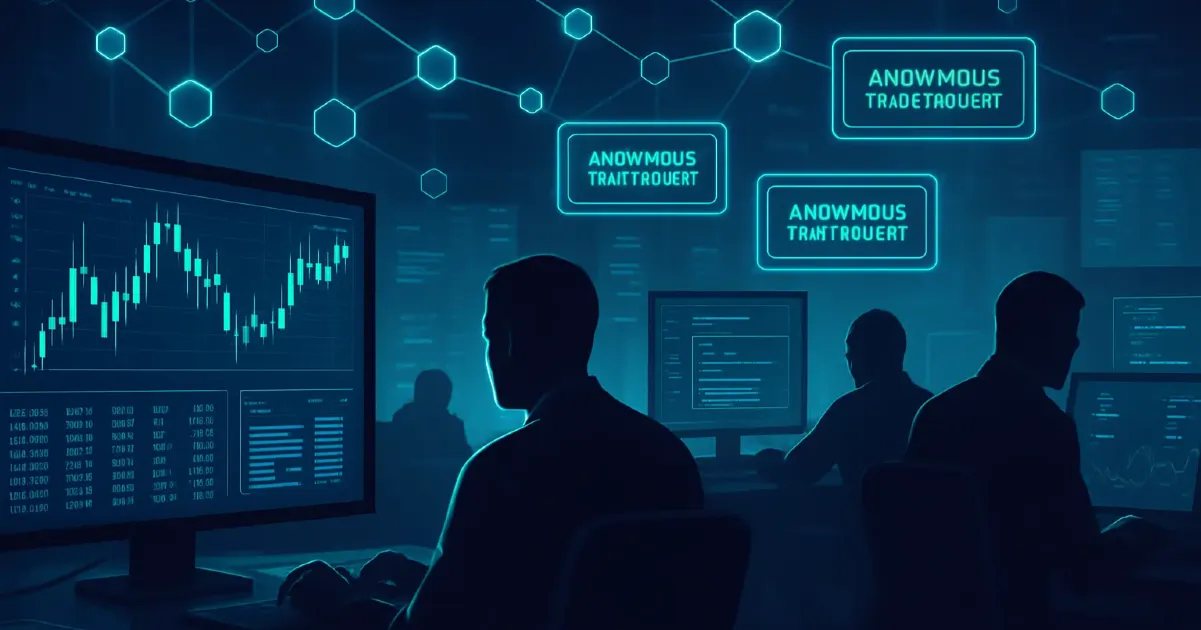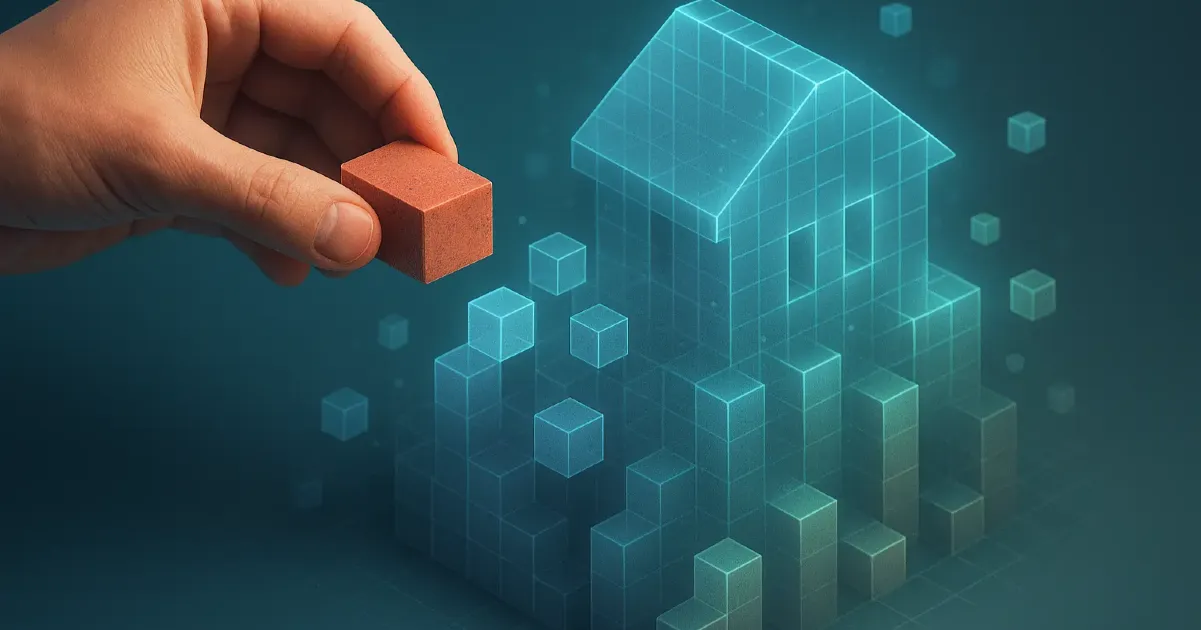The world of blockchain technology is growing, introducing new opportunities every single year. In 2025, blockchain analytics will become more important as businesses are upgrading their regulations to align themselves with this innovative technology.
The world of blockchain technology is growing, introducing new opportunities every single year. In 2025, blockchain analytics will become more important as businesses are upgrading their regulations to align themselves with this innovative technology.
The top three possible trends shaping the future of blockchain analytics.
1. DeFi and Cross-Border Challenges
Decentralized finance is a sector with high utility within the blockchain ecosystem. But there are some special challenges to blockchain analytics, such as cross-border transactions and non-custodial protocols. As it has a no-KYC nature, it makes it easy for criminals to wash illegal money.
In 2025, blockchain analytics will face more challenges. New tools and techniques will be needed to track DeFi transactions across multiple platforms and detect illegal activities, like avoiding penalties, barriers, and fraud. There will be a requirement of better analytics as the growth of the DeFi continues.
2. AI Adoptions
In 2025, AI is expected to play a significant role in blockchain analytics. Those platforms will be increasingly dependent on AI to minimize repetitive duties and reduce the work pressure of compliance officers. Like it can manage simple tasks such as sorting difficulties, responding to questions, or distributing tasks among team members.
AI can improve efficiency, but it’s not yet capable of handling complex tasks like risk assessments or making judgment calls. For now, AI will mainly serve as a helpful tool to simplify tasks and lower the costs of blockchain analytics.
Its use is expected to grow significantly in blockchain analytics when technology improves.
3. Data Privacy in Blockchain systems
In the world of blockchain analytics, privacy is the first priority. It's important that compliance work stay private so that criminals can't take advantage of the information.
Imagine if fraudsters found out their transactions were being checked—they could hide their actions and avoid getting caught.
This issue has pushed blockchain analytics platforms to focus on keeping compliance operations private and secure. This ensures businesses and the enforcement agencies involved in investigations perform them privately without hinting at criminals, protecting the integrity of the investigation as well as the lack of knowledge on the same.
The year 2025 brings hope. Despite challenges, the need for clear and secure blockchain operations will drive new analytics solutions. Improved insight into these trends will help businesses and regulators effectively manage blockchain complexities, hence expanding its seams for growth and security.
About the Author
Otwell






